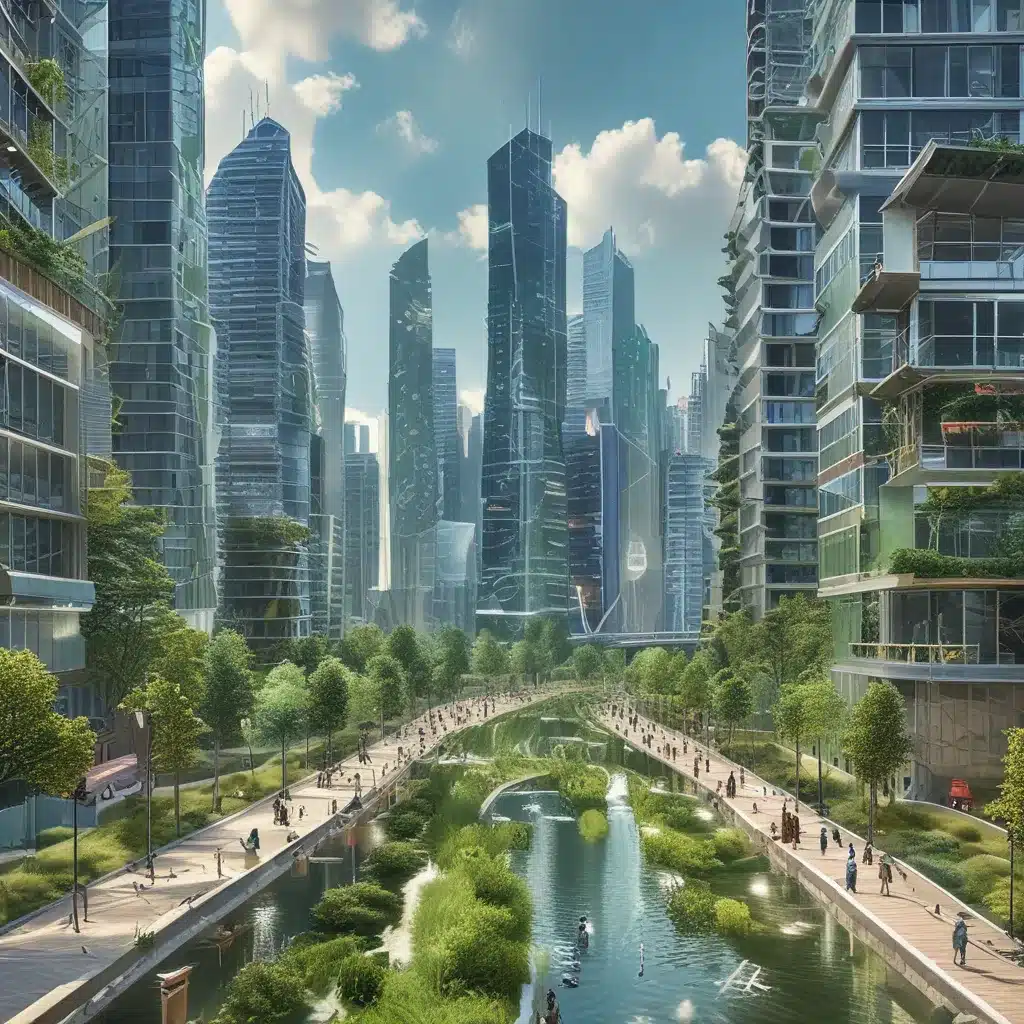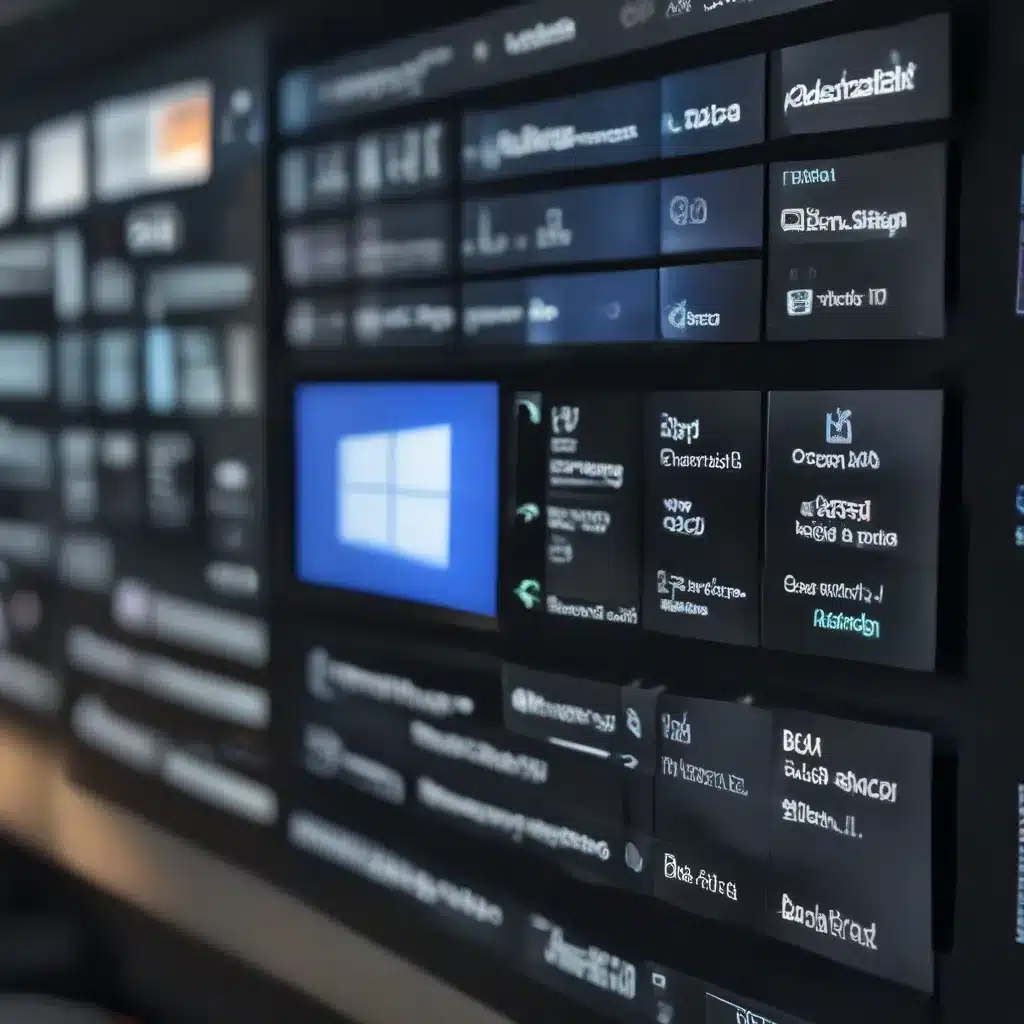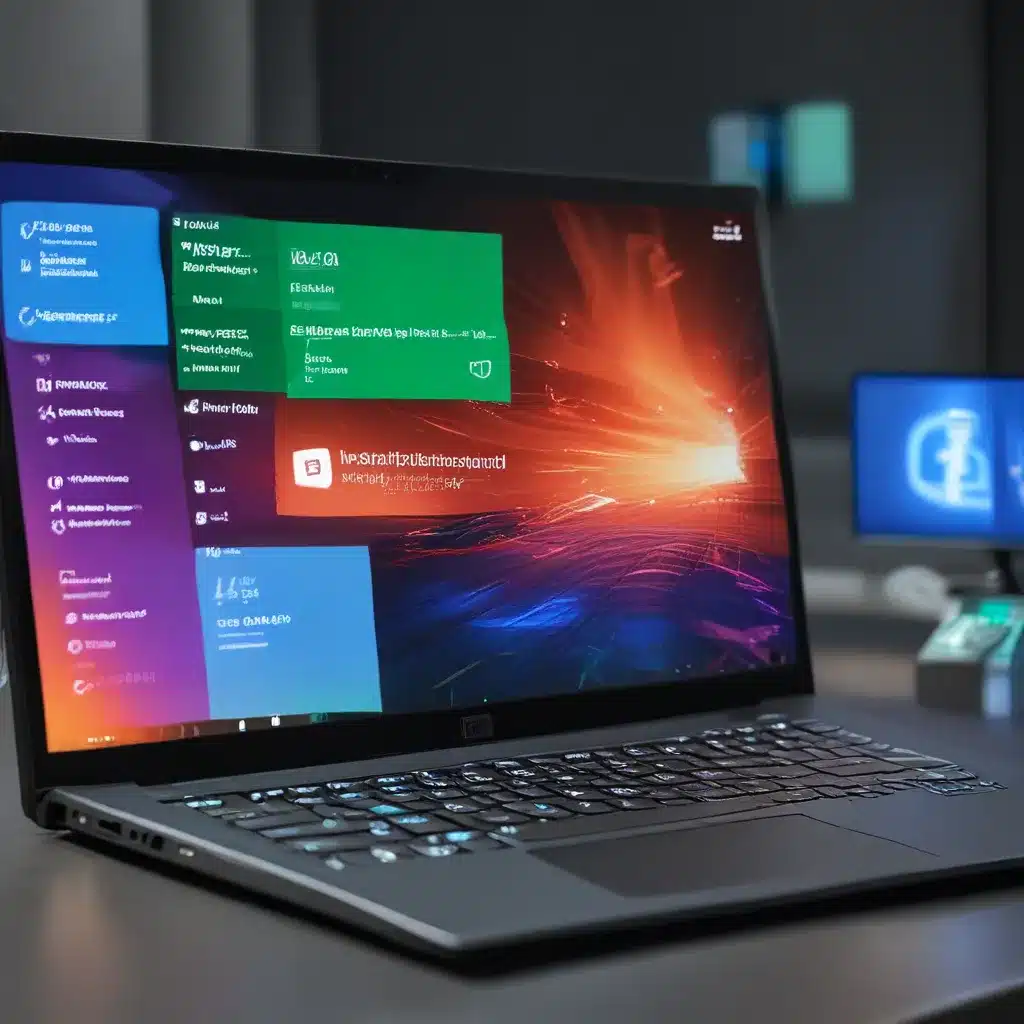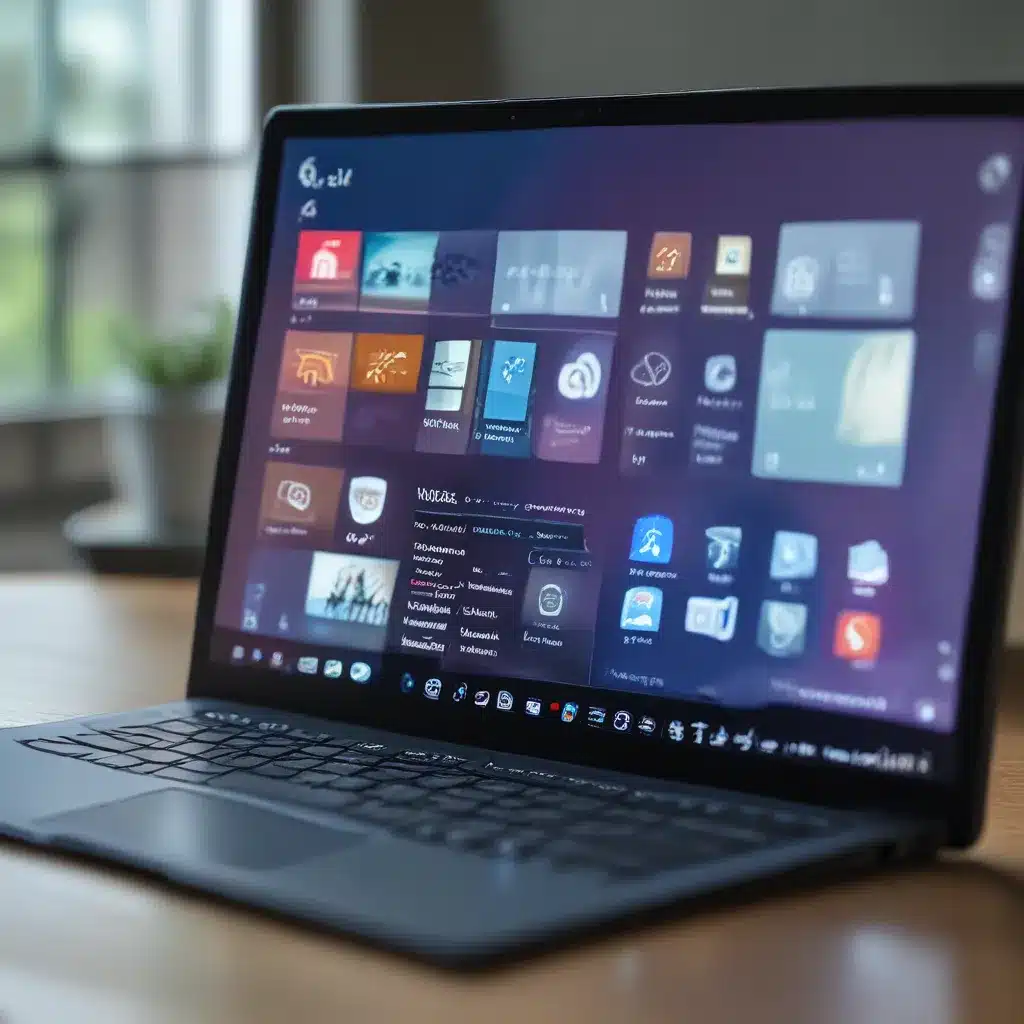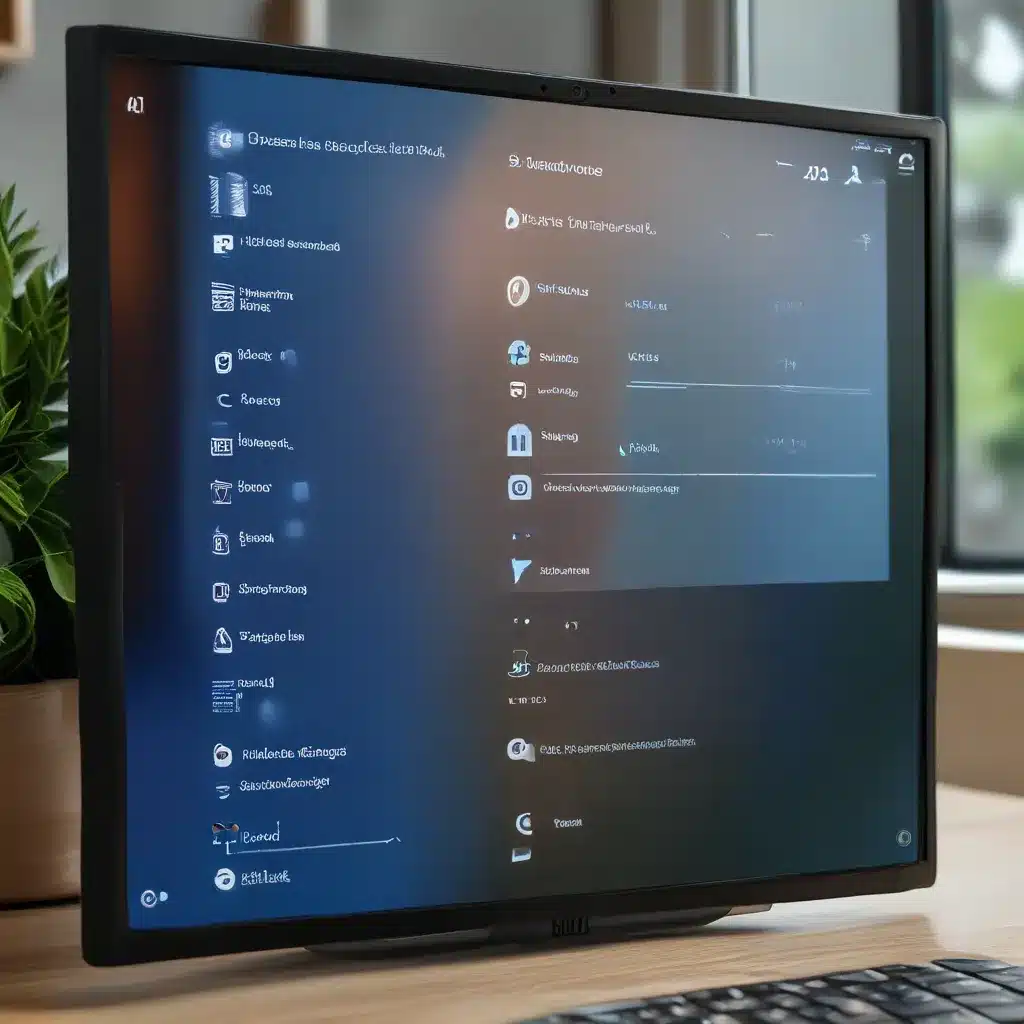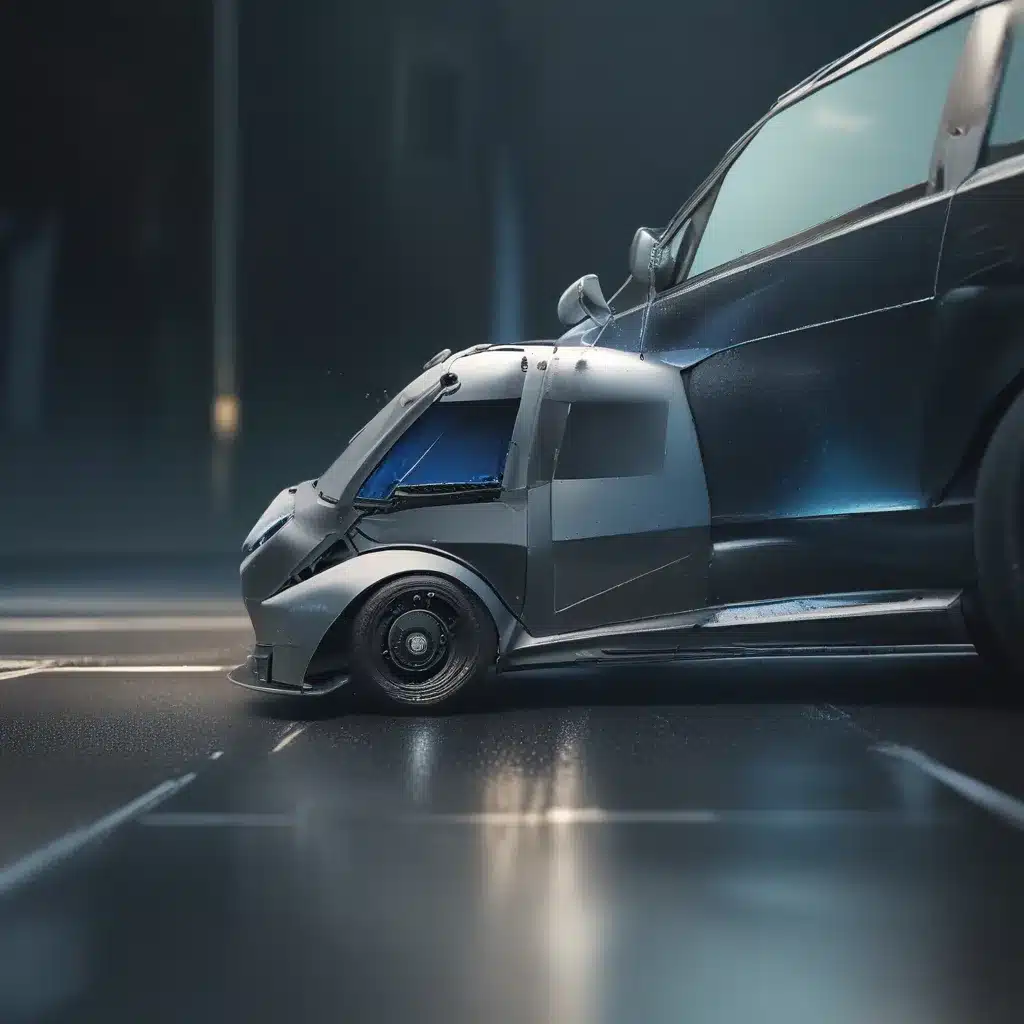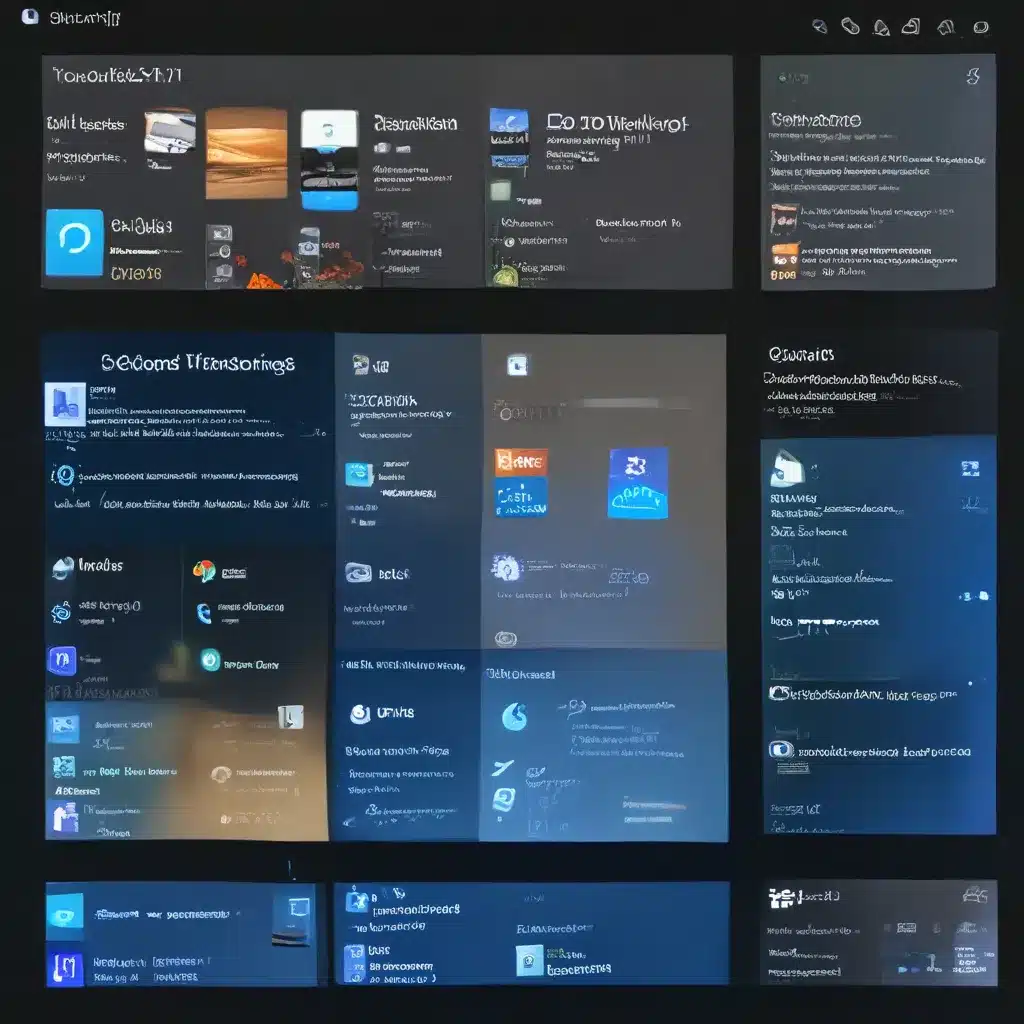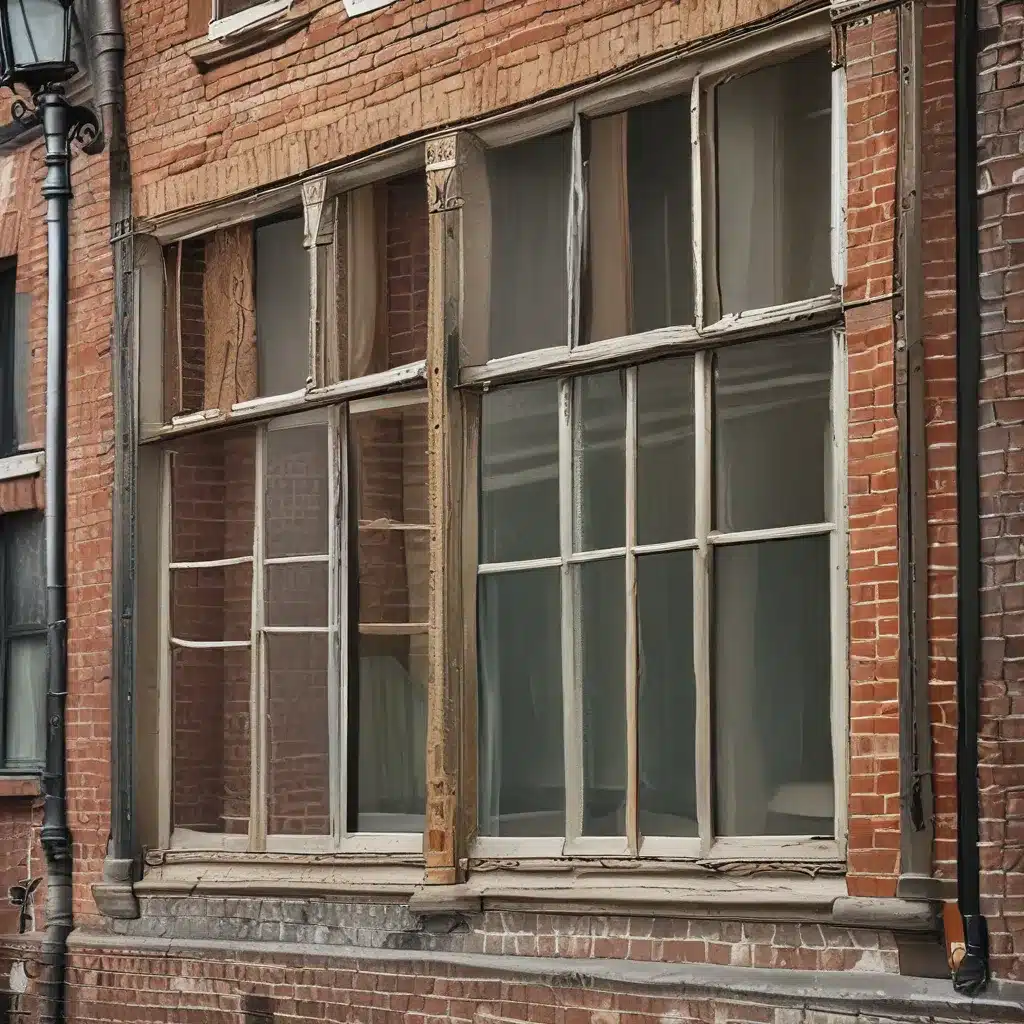Envisioning a Greener, Smarter Urban Future
Imagine stepping into a city where the air is crisp, the buildings are alive with greenery, and every structure stands as a testament to eco-consciousness. This is not a distant utopia but the vision that drives today’s urban development with a green touch. As an expert in green real estate, I’ve witnessed firsthand how integrating sustainable practices into urban planning catalyzes profound transformations. We’re talking about cities designed not just for living, but for thriving – where every brick laid contributes to a healthier environment.
The tapestry of urban life is continually being woven with threads both old and new as cities around the globe face the imperative of evolution. In this grand design, the integration of a green touch is no longer a niche luxury but an elemental facet of progressive urban development. Infusing sustainability into the concrete jungle transforms mere buildings into thriving ecosystems. But what exactly does a green touch entail when it comes to urban infrastructure, and have you considered the breadth of its economic and environmental impact?
Within the unfolding narrative of green urbanism, cities of the future are being reimagined as sustainable havens where the principles of eco-friendly design are not just adopted but celebrated. Let’s explore how challenges such as urban population growth and resource management are met with innovative solutions, leading to remarkable green urbanism successes. Together, let’s map the trajectory from grey to green as we uncover the role of technology and the critical balance between development and natural habitats.
Embracing the Principles of Sustainable Urban Design
Envisioning the future of our cities is akin to painting on a vast canvas where every stroke represents a principle of sustainable urban design. Have you ever wondered what underpins the philosophy that shapes these vibrant and resilient spaces? It’s about harmonizing economic viability with environmental responsibility and social equity, creating not just habitable but livable spaces that inspire and nurture.
Sustainable urban design isn’t merely an approach; it’s a commitment to intergenerational equity – ensuring that our children inherit cities that are not only built to last but also designed to flourish. As stewards of this vision, architects and planners must transcend traditional practices in favor of the future of green urbanism: sustainable cities that respect the delicate balance between human needs and nature’s limits.
At the heart of this philosophy lies the principle of adaptability. By creating infrastructures that bend rather than break under the pressures of change, we ensure buildings require less maintenance and fewer resources over time, aligning perfectly with both economic sensibility and environmental stewardship. Imagine a city where the buildings breathe, adapting to the shifting demands of its inhabitants and the natural environment.
Overcoming Challenges through Innovative Solutions
The journey toward sustainable cities is paved with challenges, but illuminated by innovation. With each step forward in this domain comes the promise of healthier lifestyles for residents, robust economies driven by green industries, and resilient infrastructures ready to face tomorrow’s environmental uncertainties.
Take, for instance, the challenge of urban population growth and resource management. As an adept with two decades in the field of green real estate, I’ve witnessed cities transform these challenges into opportunities for sustainable living. The crux lies in innovative urban planning that prioritizes density without sacrificing quality of life.
Imagine vertical forests that adorn skyscrapers, purifying the air as they rise majestically. These are not mere flights of fancy but concrete solutions to urban sprawl. By embracing compact living spaces, we utilize less land and reduce our ecological footprint substantially. Resource management is another cornerstone of eco-friendly cities, where strategic design ensures every drop of rainwater becomes a treasured resource, collected and reused with reverence.
But how do we navigate through the thicket of regulations and financial constraints to erect edifices that stand as bastions of sustainability? The answer lies in collaboration across sectors. When governments, developers, and communities unite with a shared vision for green development, barriers become surmountable. Educational initiatives play a pivotal role here, enlightening stakeholders about the long-term benefits that outweigh short-term costs.
Harnessing the Power of Green Technology
Picture this: buildings not just constructed, but meticulously woven with the threads of efficiency and environmental respect. Have you ever marveled at the idea that our urban landscapes could be both technologically advanced and sustainably sound? This is where emerging technologies promoting sustainability come into play, transforming concrete vistas into eco-efficient marvels.
Let’s delve into the heart of sustainable innovation, where solar panels and wind turbines are as ubiquitous as streetlights. These aren’t mere accessories; they’re powerful protagonists in our story of urban evolution. Imagine roads paved with photovoltaic cells harvesting sunlight to power nearby homes, or skyscrapers clad in reactive facades that adapt to the sun’s movement, optimizing natural light and heat without compromising on aesthetics.
These technologies are not just dreams for tomorrow but tangible realities today. They embody a commitment to reducing energy consumption, minimizing waste, and providing cleaner air for all. But how do we ensure these innovations are seamlessly integrated into our cities? Welcome to the era where smart cities emerge as beacons of progress, harnessing green tech to create environments that are as intelligent as they are sustainable.
In these forward-thinking metropolises, IoT devices communicate like an orchestra in perfect harmony. Sensors monitoring air quality provide real-time feedback for pollution control measures, smart grids dynamically balance electricity loads based on renewable energy availability, and electric vehicles glide silently along streets powered by an intricate web of charging stations. This integration is not without its challenges, as ensuring interoperability between various systems requires meticulous planning and collaboration between stakeholders. Yet, when done right, it sets a standard for urban living that prioritizes people’s well-being alongside ecological resilience.
Weaving the Tapestry of Green Spaces
Imagine a city where the hum of traffic fades into the rustling of leaves, where concrete facades are softened by the verdant embrace of nature. This is not a whimsical fantasy but an achievable reality with thoughtful urban development that prioritizes biodiversity and natural habitats.
Have you ever felt the tranquility that a simple park bench surrounded by trees can offer amidst the urban hustle? This serenity is a testament to the profound impact green spaces have on our well-being. Biodiversity isn’t merely an embellishment to urban landscapes; it’s their lifeblood. As cities expand, it becomes crucial to safeguard pockets of nature that provide not just aesthetic value but also essential ecosystem services. These include air purification, stormwater management, and creating oases for pollinators amidst concrete deserts.
Moreover, these habitats act as natural thermoregulators, mitigating heat islands in densely populated areas. But beyond these functional benefits lies a deeper connection between humans and nature – one rooted in our intrinsic need for contact with the living world. The presence of diverse species and greenery in urban settings has been shown to enhance mental health, foster social cohesion, and promote physical activity. When residents encounter biodiversity daily, they develop a sense of stewardship towards their environment – a priceless commodity.
So, how do we weave this tapestry of green within the steel frames of our cities? It begins with visionary urban planning strategies that champion green space inclusion from inception to execution. Incorporating elements like urban forests, community gardens, and interconnected green corridors requires meticulous planning, yet yields dividends in environmental quality and livability. By fostering partnerships between public entities, private developers, and community groups, cities can create comprehensive networks of green spaces tailored to local ecosystems and societal needs.
Embracing Green Mobility for Sustainable Urban Living
Imagine a city where the heartbeat is the rhythmic arrival and departure of eco-friendly public transit. Picture yourself stepping onto a sleek electric-powered bus or boarding a tram that glides silently through the cityscape. It’s not just convenient; it’s transformative.
As an expert in green real estate, I’ve witnessed how designing public transit systems with a green perspective can revolutionize urban living. A well-conceived public transportation network is like the circulatory system of a city – vital for its health and vitality. By integrating buses, subways, trams, and bike routes, cities offer compelling alternatives to personal vehicles, reducing traffic congestion and harmful air pollution.
But it’s not just about having these options available; it’s about making them so efficient and ubiquitous that they become the preferred choice. With the help of technology to optimize routes and schedules, public transportation becomes more than just a service; it becomes an experience that enhances the quality of travel while promoting greener mobility choices.
The beauty of green urbanism lies in its ability to marry innovation with practicality. Encouraging public transit use isn’t merely about providing alternatives; it’s about creating an environment where leaving one’s car behind feels less like a sacrifice and more like an upgrade to quality of life. By enhancing accessibility, ensuring comfort, and offering incentives, cities can inspire a shift in behavior that contributes positively to sustainability goals.
Every decision regarding transportation infrastructure has far-reaching implications on sustainability. By prioritizing green mobility options today, we pave the way for cleaner air tomorrow while also setting new standards in urban convenience and connectivity. Let us champion this transition towards sustainable urban ecosystems where every journey contributes positively to our collective carbon footprint reduction efforts.
Toward a Greener, Smarter Future
As we continue exploring new horizons in green urbanism, let the successes we’ve witnessed be both our inspiration and our benchmark for what can be achieved when ambition meets sustainability head-on. This is no fleeting trend; it is the blueprint for our collective future – one where every citizen plays an active role in shaping their environment responsibly.
The journey to sustainable cities is as intricate as it is essential. By embracing the principles of eco-friendly design, harnessing the power of green technology, and fostering a symbiotic relationship between urban development and natural habitats, we can create vibrant, resilient metropolises that not only meet the needs of today but also safeguard the futures of generations to come.
The symphony of development and sustainability plays a melodious tune when green technology takes the stage, and the tapestry of green spaces weaves a narrative of harmony between humanity and nature. As stewards of this greener vision for urbanity, let us continue to champion spaces where innovation coexists harmoniously with ecological responsibility, ensuring every citizen enjoys not only the shade of trees but also the fruits borne from sustainable foresight.
At ITFix, we’re committed to being at the forefront of this sustainable urban transformation. By integrating smart infrastructure and green practices into our solutions, we strive to empower cities to become beacons of progress – places where the future is not just imagined, but realized.

